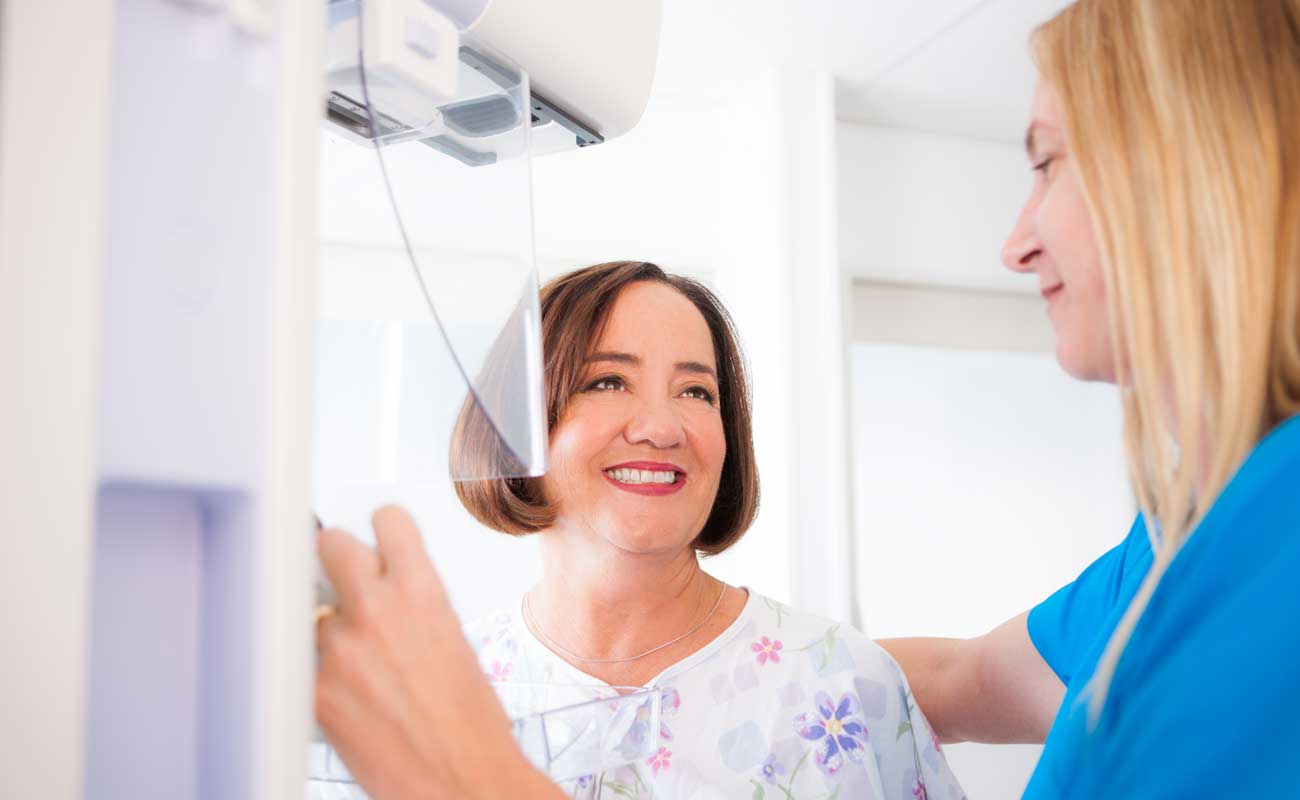Early detection is vital to preventing breast cancer from spreading and developing into deadly consequences. The key is to know your own breasts. How do you do it? You self examine your breasts.
Assess your breasts monthly
You should do it on a monthly basis because it provides you with a good reference. If you draw a graph with your results in it, you will know the trend. This is by far more accurate than simply assessing your breasts one time and draw conclusions from that single assessment.
If you notice any changes in your breast, report them to your doctor immediately. But sometimes, changes in the breast do not mean you have breast cancer.
When to check?
The best time to check is one week after your period ceases. During this time, you breast is not swollen or big (due to menstruation). This way, it is easier to check for lumps, bumps and other unusual characteristics. In some cases, these lumps may change from time to time. This is why it is very important to assess your breast monthly. You get a better and clearer picture every time you check it monthly.
Continue the assessment even if you are pregnant or breastfeeding
If you need further help, always ask your doctor, especially if you have a breast surgical implant (augmentation). You should also take a course called SBE (self breast exam) at the clinic.
Examining at the clinic, mammogram
You should do it when you reach the age of 40. The risk for the cancer increases when you grow older. Your doctor will perform mammogram on you because it is currently the most reliable method.
Ultrasound technique
Other than mammography, the ultrasound is used to find lumps in your breasts. The advantage of ultrasound is its ability to penetrate more deeply especially if you have a dense breast.
Magnetic resonance imaging (MRI)
This method is the most accurate so far because it is really sensitive. Usually it is used along with mammogram.




